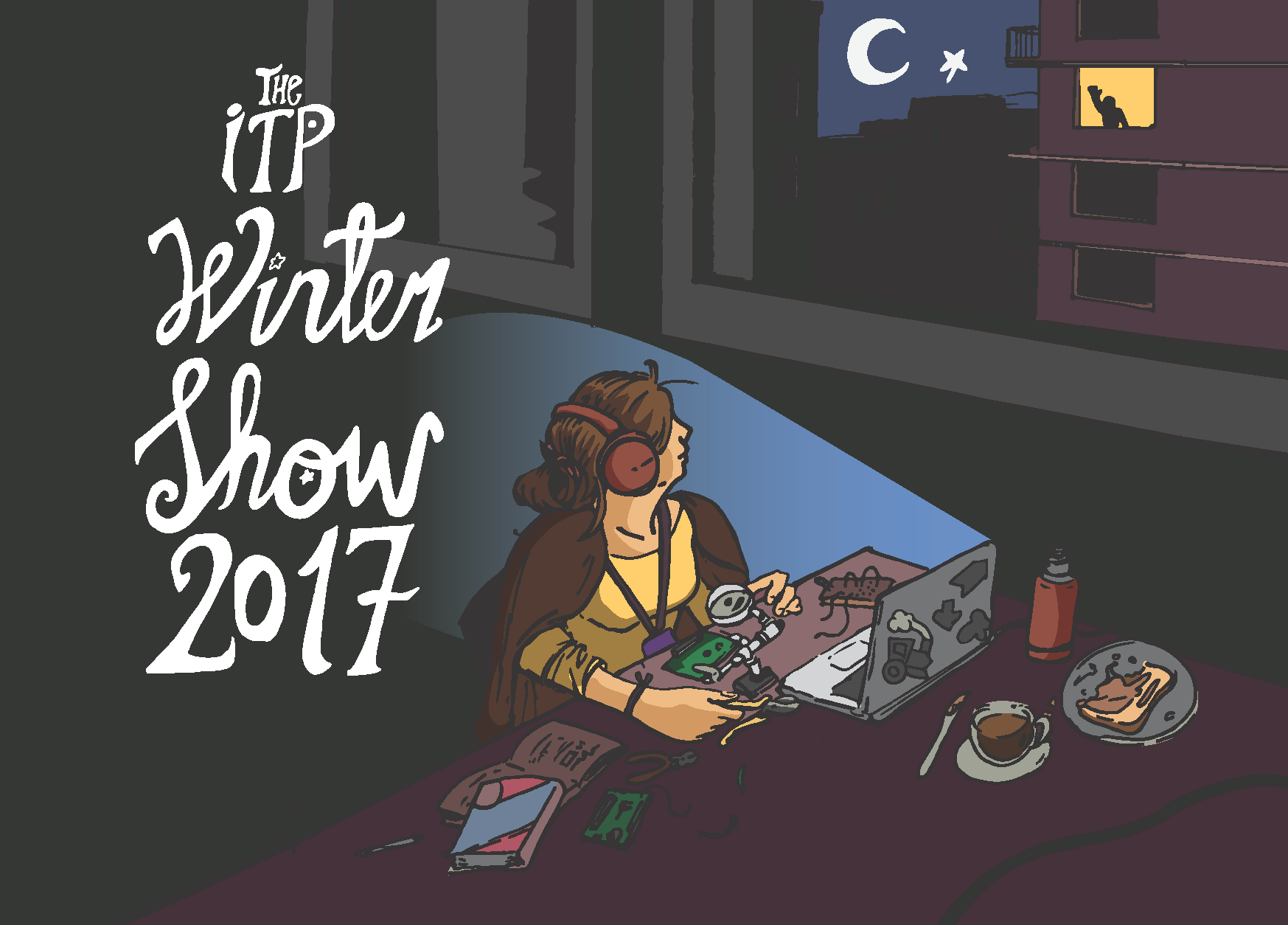Chester Dols, Carlie Yutong Zhang
A drawing robot leaves its own marks on human portrait based on facial judgement.
http://www.chesterdols.com/category/s17/xyz/
Description
Leaving one’s mark in a place and time has been an intrinsically human act dating back for millennia. As civilization developed, the act of leaving one’s mark became a form of defacement as other forms of creating were quickly canonized within society for their inherent utility (i.e. architecture, crafts, poetry, etc.). Graffiti street art and tagging became a tool for leaving one’s mark and claiming territory within public space, but operated outside society’s laws of property ownership. Graffiti, the modern form of leaving one’s mark, became a destructive taboo within inner cities.
Many artists have looked to graffiti, street art, and materials often used to deface public space as constructive tools for reclaiming space, creating a public message, and/or questioning society’s values. Our group wanted to explore this idea of leaving one’s mark, not as a destructive force, but as a constructive act. How does the process of leaving one’s mark invoke new ideas or add to previous content? What does it mean to give a robot the ability to leave its’ mark and create or deface when most robots are designed to assist or streamline human performance and ingenuity. We hope to give a robot character and a sense of humanity through the act of leaving one’s mark.
Using computer vision, our group will make a ‘draw-bot’ that examines and then augments portraits by drawing/collaging with other materials directly on top of the images. We chose drawing on portraits because we see it as the ultimate act of defacement and the area for a robot to exhibit the most human character as it sketches in response to our physical features. Does the robot now have an opinion? Do the resultant drawings provoke the idea of preference or disgust?
Classes
The Future of Sculpture
